- Tibet -
Tibet offers fabulous monasteries, breathtaking high-altitude walks, stunning views of the world’s highest mountains and one of the most likeable cultures you will ever encounter.
For many people, the highlights of Tibet will be of a spiritual nature: magnificent monasteries, prayer halls of chanting monks, and remote cliffside retreats. Tibet’s pilgrims - from local grandmothers murmuring mantras in temples heavy with the aroma of juniper incense and yak butter to hard-core visitors walking or prostrating themselves around Mt Kailash -are an essential part of this appeal. Tibet has a level of devotion and faith that seems to belong to an earlier, almost medieval age. It's fascinating, inspiring and endlessly photogenic.

Basic Information
Chinese Name: 西藏 (Xi Zang)
Location: South-west of China, also bordering India, Nepal, Burma and Bhutan.
Province Captical: Lhasa
Area: 2.5 million square kilometres, which includes U-Tsang, Kham and Amdo provinces. "Tibet Autonomous Region", consisting of U-Tsang and a small portion of Kham, consists of 1.2 million square kilometres. The bulk of Tibet lies outside the "TAR".
Population: The total Tibetan population in Tibet is 6 million. Of them, 2.09 million live in the "TAR" and the rest in the Tibetan areas outside the "TAR".
Average Altitude: 4,000 metres or 13,000 feet above sea level.
Famous City: Lhasa, Nyingchi, Shigstze
Tibet Geography
Located in the southwest of the People’s Republic of China, Tibet Autonomous Region covers an area of more than 1.22 million square kilometers, accounting about one-eighth of Chinese territory. Tibet has a boundary line over 3842 kilometers, surrounded by Xinjiang and Qinghai on the north, Sichuan and Yunnan on the east, Burma, India, Bhutan, Nepal and Kashmir region on the south and west.
Tibet is on a high plateau—the Plateau of Tibet—surrounded by enormous mountain masses. The relatively level northern part of the plateau is called the Qiangtang; it extends more than 800 miles (1,300 km) from west to east at an average elevation of 16,500 feet (5,000 metres) above sea level.
Qinghai-Tibet Plateau, known the roof of the world, consists of the Himalayas, southern Tibet valley, northern Tibet plateau and mountain and canyon area of eastern Tibet. It’s also regarded as the third pole on earth in addition to the North and South poles.
Tibet has a total lake area of about 23.8 thousand square kilometers with over 1,500 lakes of different sizes scattering around valleys and mountains. And many lakes in Tibet are endowed with significant religious meanings. Lake Namtso, Lake Manasarovar and Lake Yamdrok are the three world-known holy lakes.
What's more, Tibet has a very limited amount of arable land and a visit to farmer markets or local farms around Lhasa must be an unforgettable experience.
Tibet Climate
Geographically the Tibetan plateau is known as the roof of the world or third pole of the earth. With an average altitude of 4950m above sea level, the Tibetan plateau is bound by two mighty mountain ranges. The Himalayan range consists of the world highest peak Mt.Everest and is situated from south to west. The Thanggula range in the north consists of alpine terrain conditions, severe, dry and continental climate in Tibet. With strong winds, low humidity, a rarefied atmosphere and a huge fluctuation in annual daytime temperatures, the Tibetan plateau is exposed to an unhampered cool arctic air from the north; while the southern tropical and equatorial air masses barely penetrate the Himalayan barrier into Central Asia. The strong heat during the summer months and the freezing in winter produce clear seasonal variations in atmospheric circulation and enhance the role of local centres of atmospheric activity.
Low temperatures are prevalent throughout the western regions. The Indian monsoon exerts some influence on eastern Tibet. Northern Tibet is subject to high temperatures in the summer and intense cold in the winter. All of these conditions make touring through Tibet one of the most incredible and inspirational journeys on earth.
Most of Tibet receives only 460 mm of precipitation (both rain and snow) annually, with much of that falling during the summer months. The Himalayas act as a barrier to the monsoon (rain-bearing) winds from the south, and precipitation decreases from south to north. The perpetual snow line lies at some 4,800 metres in the Himalayas but rises to about 6,100 metres in the northern mountains. Humidity is low, and fog is practically nonexistent.
Temperatures in the higher elevations are cold, but the lower valleys and the southeast are mild and pleasant. Seasonal variation is minimal, and the greatest temperature differences occur diurnally (i.e., during a 24-hour period). Lhasa, which lies at an elevation of 3,650 metres, has a daily maximum temperature of 30 °C and a minimum of −19 °C. The bitterly cold temperatures of the early morning and night are aggravated by the gale winds that blow throughout the area most of the year. Because of the cool dry air, grain can be safely stored for 50 to 60 years, dried raw meat and butter can be preserved for more than one year, and epidemics are rare.
Tibet Culture and Religion
Religion and spirituality is extremely important to the Tibetans and has influence over all aspects of their lives and is deeply ingrained into their cultural heritage. Bon is the ancient traditional religion of Tibet, but following the introduction of Tantric Buddhism into Tibet by Padmasambhava this became eclipsed by Tibetan Buddhism, a distinctive form of Vajrayana. Tibetan Buddhism is practiced not only in Tibet but also in Nepal, Mongolia, parts of northern India, the Buryat Republic, the Tuva Republic, and in the Republic of Kalmykia and some other areas in China.
Before the arrival of Buddhism, the main religion among Tibetans was an indigenous shamanic and animistic religion, Bon, which now comprises a sizeable minority and which would later influence the formation of Tibetan Buddhism.
According to estimates from the International Religious Freedom Report of 2012, most of Tibetans are bound by Tibetan Buddhism, while a minority of 400,000 people are bound to the native Bon or folk religions which share the image of Confucius with Chinese religion, though in a different light.According to some reports, the government of China has been promoting the Bon religion linking it with Confucianism.
There are four mosques in the Tibet Autonomous Region with approximately 4,000 to 5,000 Muslim adherents,although a 2010 Chinese survey found a higher proportion of 0.4%. There is a Catholic church with 700 parishioners, which is located in the traditionally Catholic community of Yanjing in the east of the region.
Folk Festivals
Sho Dun Festival
Sho Dun Festival is one of the traditional Tibetan activities. “Sho Dun” means yogurt in Tibetan language. This festival often starts at the end of June or the beginning of July in Tibetan lunar calendar. Traditional Sho Dun Festival usually has “Buddha display” as the opening ceremony, and then people often go to public places, such as Norbulingka to watch traditional Tibetan opera. At the same times, there is also horse ridding performance and yak race.
New Year’s Festival Losar
It is the most important festival in a year for Tibetan people, and it is similar to Han’s lunar calendar. New Year’s Festival lasts from January 1st to 15th in Tibetan Calendar. Because all the Tibetan people are Buddhism, religious atmosphere is strong even in festivals. In this case, most activities are about sacrifice and pray to Buddha.
Buddha’s sermon
This festival is in April 15th, which is also the birthday of Buddha. On this day, monks put the copper statue of Buddha in water, and people can throw coins to it to pray for future. Also, people will gather to eat vegetarian food, and the meal is mainly noodles, vegetables and wine. Many people asks for the washing water of Buddha’s statue to have bless.
Tibet Travel Tips
Independent Travel is not allowed in Tibet
According to the policy of Tibet travel regulation of the regional Tibet Autonomous Region. All the international visitor are not allowed to travel independently in Tibet. You will have to book the tour service with a local Travel agency in Tibet with the tour guide and the private Vehicles. During your visit to any attractions in Tibet, you will have to accompanied by a licensed tour guide. You can choose to book the hotel by your own self or book it with the agency.
You can either join the group tour or book a private tour as per your interest. When you are in towns like Lhasa, Shigatse, and Nyingtri, you can have free time after visiting the sites.
Tibet travel permit is Required for any traveler coming into Tibet Autonomous Region.
To travel into Tibet Autonomous Region, all the international travelers are required to have Tibet travel permit. This permit many time referred to as Tibet Visa. You will need this permit while boarding for the flights to Tibet from any part of China, you will need a copy of it while boarding any trains or flight to Tibet.
To get the permit, you have to book a Tibet tour with a travel agent, and send your passport and Chinese visa about 20 days in advance, and then the agent will apply for the permit (all Tibet permits can only be applied by travel agency). If you travel to other prefectures like Shigatse, Nyingchi, Shannan, etc, you also have to obtain an Alien Travel Permit.
Some additional Permits are required if you are visiting beyond Lhasa.
Border Permit– It is an additional permit your travel agency need to apply before your arrival in Tibet. If your journey is reaching at the destination in border areas like Mount Everest, Mount Kailash or if you are coming to Tibet from Nepal. This is an additional permit along with the Tibet travel permit. For this permit, it will take only one visit and a few hours to get it.
Military permit – This permit is also applied by your travel agency in Lhasa before your arrival in Lhasa. This permit is required if you are traveling into the military sensitive region of Tibet, Like Ngari Prefecture , Nyinchi Prefecture, Overland journey from/ to Yunan and Qinghai province. This permit will take more than seven days and in total if your journey requires this permit, it will take about a month for all the permit work to be done.
Available Months to Visit Tibet
Generally speaking, months from April to October are recommended. Other months are usually very cold, and possible have heavy snow, especially in regions like Mount Everest, Mount Kailash, Namtso Lake, etc.
What's more,Tibet is normally close from Late February to the end of March every year. During this period the Tibet tourism bureau will be upgrading and maintaining their systems too. which is why they will not issue the Tibet travel permit. They will start making the Tibet travel permit by the beginning of April.
High Altitude Sickness
Altitude sickness, also known as Acute Mountain Sickness(AMS), or altitude illness is common at high altitudes, and depends on the elevation, the rate of ascent and individual susceptibility. Most visitors to Tibet will suffer from at least some symptoms that will generally disappear through acclimatization in several hours to several days. Symptoms tend to be worse at night and include headache, dizziness, lethargy, loss of appetite, nausea, breathlessness and irritability. Difficulty sleeping is another common symptom, and many travelers have trouble sleeping for the first few days after arriving in Lhasa.
The average altitude of Tibet is about 4000 meters above the sea level (Lhasa: 3700m; EBC: 5200m; Namtso: 4718m). You may suffer a bit from High Altitude Sickness in the beginning days of your Tibet trip if you haven’t had rich high plateau travel experience. But don’t worry too much, the high altitude can be acclimatized usually in 2~3 days.
Prevention of altitude sickness
Prevention of altitude sickness falls into two categories, proper acclimatization and preventive medications. Below are a few basic guidelines for proper acclimatization.
If possible, don't fly or drive to high altitude. Start below 3,048 meters and walk up.
If you do fly or drive, do not over-exert yourself or move higher for the first 24 hours.
If you go above 3,048 meters, only increase your altitude by 305 meters per day and for every 915 meters of elevation gained, take a rest day.
"Climb High and sleep low." This is the maxim used by climbers. You can climb more than 305 meters in a day as long as you come back down and sleep at a lower altitude.
If you begin to show symptoms of moderate altitude illness, don't go higher until symptoms decrease (Don't go up until symptoms go down).
If symptoms increase, go down, down, down!
Keep in mind that different people will acclimatize at different rates. Make sure all of your party is properly acclimatized before going higher.
Stay properly hydrated. Acclimatization is often accompanied by fluid loss, so you need to drink lots of fluids to remain properly hydrated. Urine output should be copious and clear.
Take it easy; don't over-exert yourself when you first get up to altitude. Light activity during the day is better than sleeping because respiration decreases during sleep, exacerbating the symptoms.
Avoid tobacco and alcohol and other depressant drugs including, barbiturates, tranquilizers, and sleeping pills. These depressants further decrease the respiratory drive during sleep resulting in a worsening of the symptoms.
The acclimatization process is inhibited by dehydration, over-exertion, and alcohol and other depressant drugs.
Jokhang Monastery
Chinese name: 大昭寺 (Da Zhao Si)
Location: Barkhor Street, Cheng Guan District, Lhasa, Tibet.
Ticket: Entrance ticket CNY85.00
Estimated tour time:: 1-2 hours
Recommended time to visit: Whole year
Nearby attractions: Sera Monastery, Barkhor Street, Potala Palace etc.
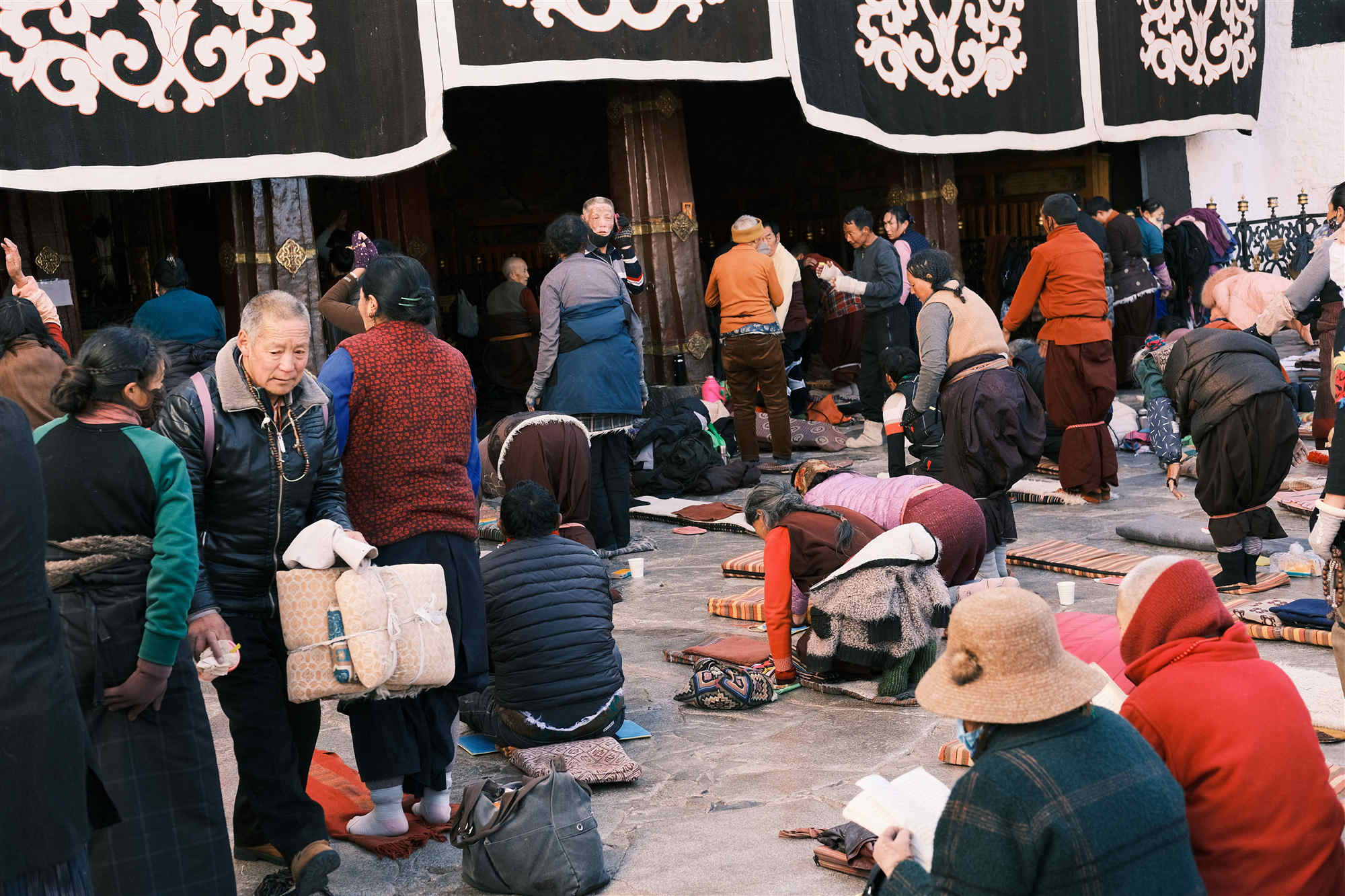
Located in the center of the ancient city of Lhasa, the Jokhang Monastery was built in the seventh century by Songtsan gambo, the Tang princess Wen Cheng and Nepalese Princess Bhrikuti. After repeated expansion in the ensuing centuries, the monastery is now a combination of large buildings covering an area of 25,100 square meters.It is a Buddhist hall for Tibetan Buddhists and a symbol of unity between the Tibetan and Han peoples.
Jokhang Monastery is the spiritual center of Tibet and the holiest destination for all Tibetan pilgrims. It is is listed in the World Cultural Heritages with Potala Palace and Norbulingka. Situated at the heart of the old town of Lhasa and surrounded by Barkhor Street, Its four-story main building demonstrates a combination of the Han, Tibetan, Indian and Nepalese architectural styles, as well as a mandala world outlook of Buddhism. With the Hall of Amitayus Sutra as its center, the monastery symbolizes the nuclear of the universe. The Hall of Sakyamuni is the essence of the monastery.It was originally called the 'Tsuklakang' (Tsulag Khang) - 'House of Religious Science' or 'House of Wisdom' during the Bon period of Tibet, which is referred to geomancy, astrology, and divination of Bon. Today it is more commonly known as the Jokhang, which means the 'House of the Buddha'. Visiting Jokhang Temple for a real discovery tour in the mysterious and sacred land, you can get close to the religious part of Tibet and experience the devotion of Tibetans.
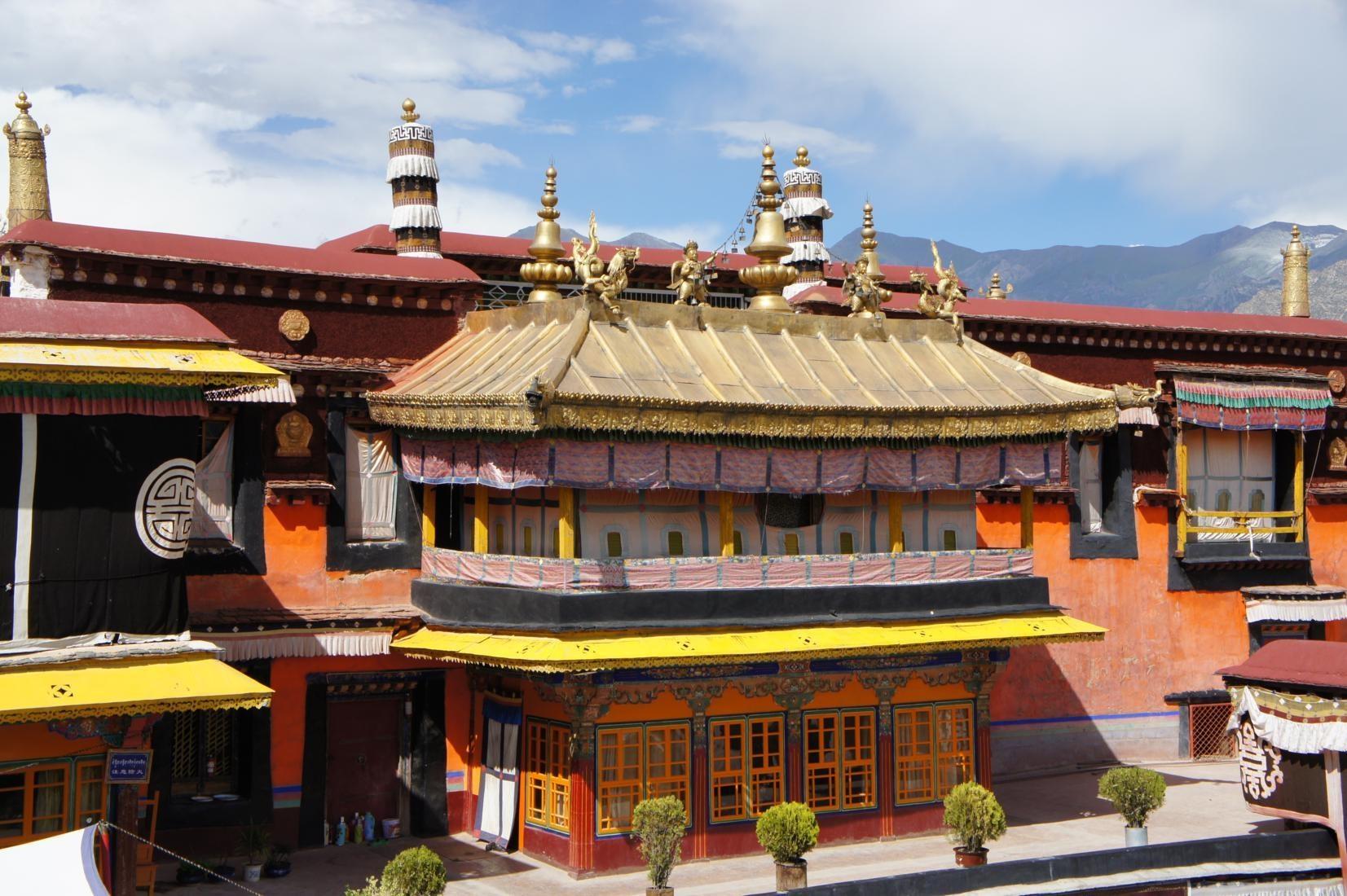
History of Jokhang Monastery
Jokhang Monastery is one of the most important sites in Tibetan Buddhism, and dates back to the early years of Buddhism in Tibet. The story starts around 641 CE, when the ruler who had unified Tibet, Songstan Gambo, made an agreement with the ruler of China's Tang Dynasty, Emperor Taizong. As a symbol of their improved political relationship, Taizong sent his daughter, Princess Wencheng, to be Songstan Gambo's bride.
Princess Wencheng arrived at a time when various disasters had been rocking Tibet. According to tradition, she was gifted in astrology and ordered a Buddhist temple to be built in order to drive away demons. In other versions of the story, Songstan Gambo decided to build a temple in order to house a very important Buddhist relic that the princess had brought as her dowry. Either way, the site chosen for the temple was a lake.
Over years, workers brought buckets of sand and dirt up the hill to fill the lake so the temple could be built. The locals started calling the place ''Rasa,'' which means ''Land of goats.'' This name later became Lhasa.
When the temple was finally completed later in the 640s, it was named Jokhang, meaning ''House of Buddha.'' Archaeological studies suggest that the original temple contained eight rooms of religious images. It became a very important site in spreading Tibetan Buddhism, particularly against the native Bon religion.
The temple was expanded again and again over time, now containing literally hundreds of thousands of sacred carvings, relics, and statues. Today, it is an extremely important religious and cultural center and a revered site in the history of Tibetan architecture. Among the features that are hard to miss is a roof made of gold.
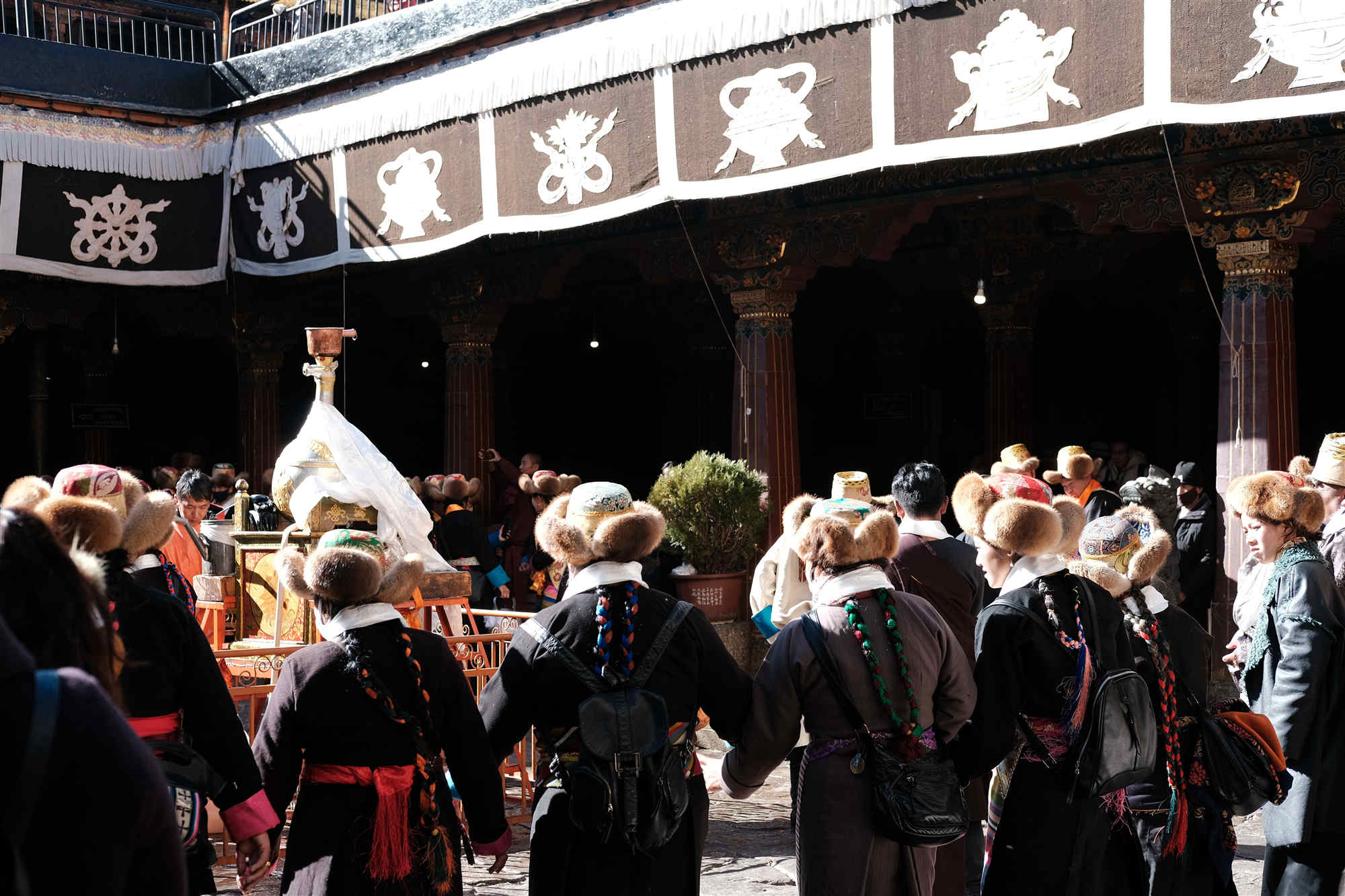
What to See at Jokhang Monastery
Tourists can only tour Jokhang Monastery in the afternoon; the morning is reserved for pilgrims. The best way to experience the Monastery is to arrive at 8am to watch the pilgrims perform their devotions, then visit the interior in the afternoon. The temple is relatively quiet then, save for the presence of Chinese student tour guides.
Standing four stories tall and covering an area of about 25,000 square meters in the heart of Lhasa, Jokhang Temple combines local Tibetan elements with influences from Nepal, China and India. In the front is a large plaza and open porch, which is usually filled with prostrate Tibetan pilgrims.
The exterior of the temple is decorated with deer and wheel motifs, early symbols of Buddhism. Both represent the Buddha's first sermon, in which he "turned the wheel of the Dharma" in a deer park near Varanasi, India.
Jokhang's interior is a dark and atmospheric labyrinth of chapels dedicated to various gods and bodhisattvas, illuminated by votive candles and thick with the smoke of incense. Although some of the temple has been rebuilt, original elements remain: the wooden beams and rafters have been shown by carbon dating to be original; the Newari door frames, columns and finials date from the 7th and 8th centuries.
The main cloister is ringed with large prayer wheels, kept spinning throughout the day by pilgrims. The cloister leads to the central hall, which contains Jokhang Temple's star attraction: the Jowo Rinpoche (or Jowo Shakyamuni) This life-sized (5 foot/1.5m) statue of the Buddha at age 12 is the holiest object in Tibet. Probably originating in India, it was brought to Lhasa as part of the Chinese Princess Wencheng's dowry in 641. The richly gilded and bejeweled image is flanked by altars of King Songtsen Gampo and his two wives, who together introduced Buddhism into Tibet.
The third floor contains an image of Palden Lhamo, fierce protector of both Lhasa and the Dalai Lama. She is said to have murdered her own child to bring her husband to his senses and put an end to his endless military campaigns. The roof is accessible and provides fine views over the temple, the Barkhor path and the Potala Palace.
A chapel on the south side of the complex contains more recent yab-yum images of sexual union. Many mistakenly believe tantric practice has no place in the "reformed" Geluk School, but Tsongkapa simply restated the principle that only advanced practitioners should engage in tantric sex.
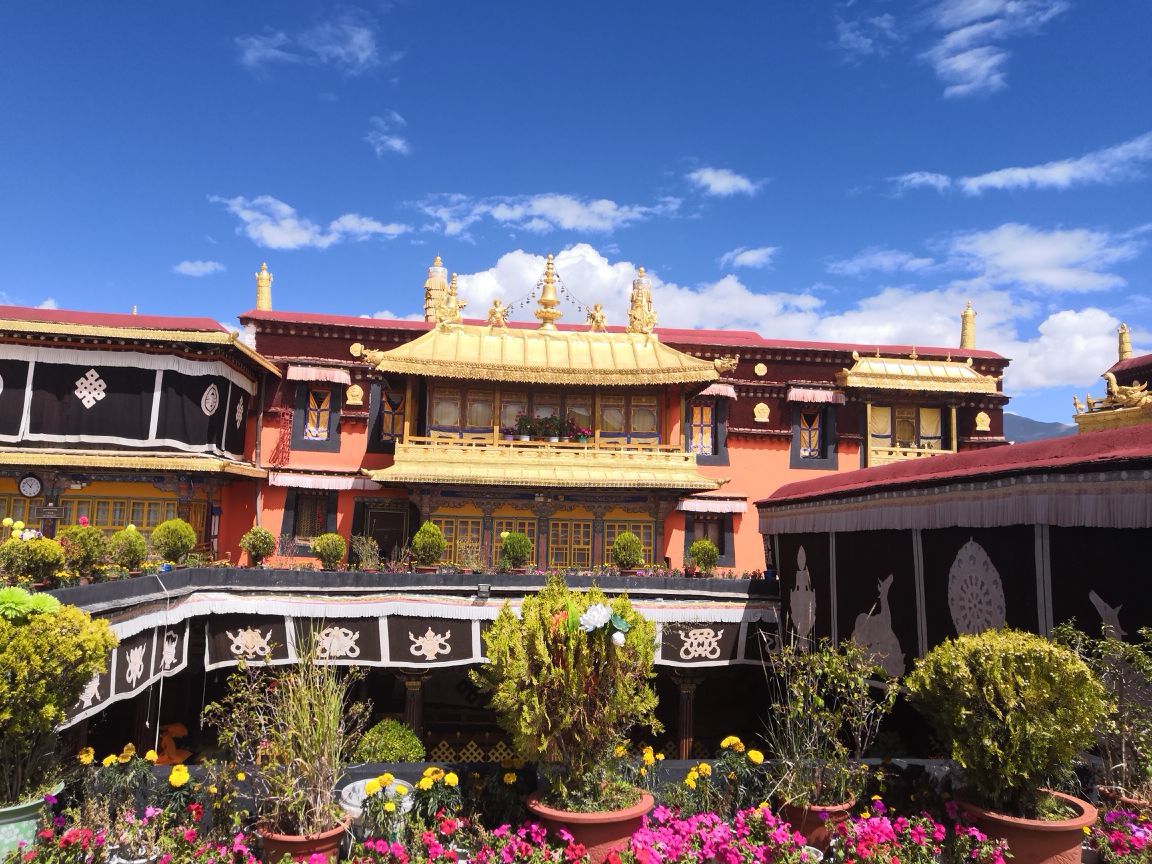

- $1028.00
- 7D6N DAYS
01. Explore the fabulous Nyingchi landscapes - pure lakes surrounded by wild forests, giant glaciers, snow mountains,grasslands,villages, etc.02. Count the steps up to the Potala Palace — the holy palace of Tibetan Buddhism, and the Symbol …
Read More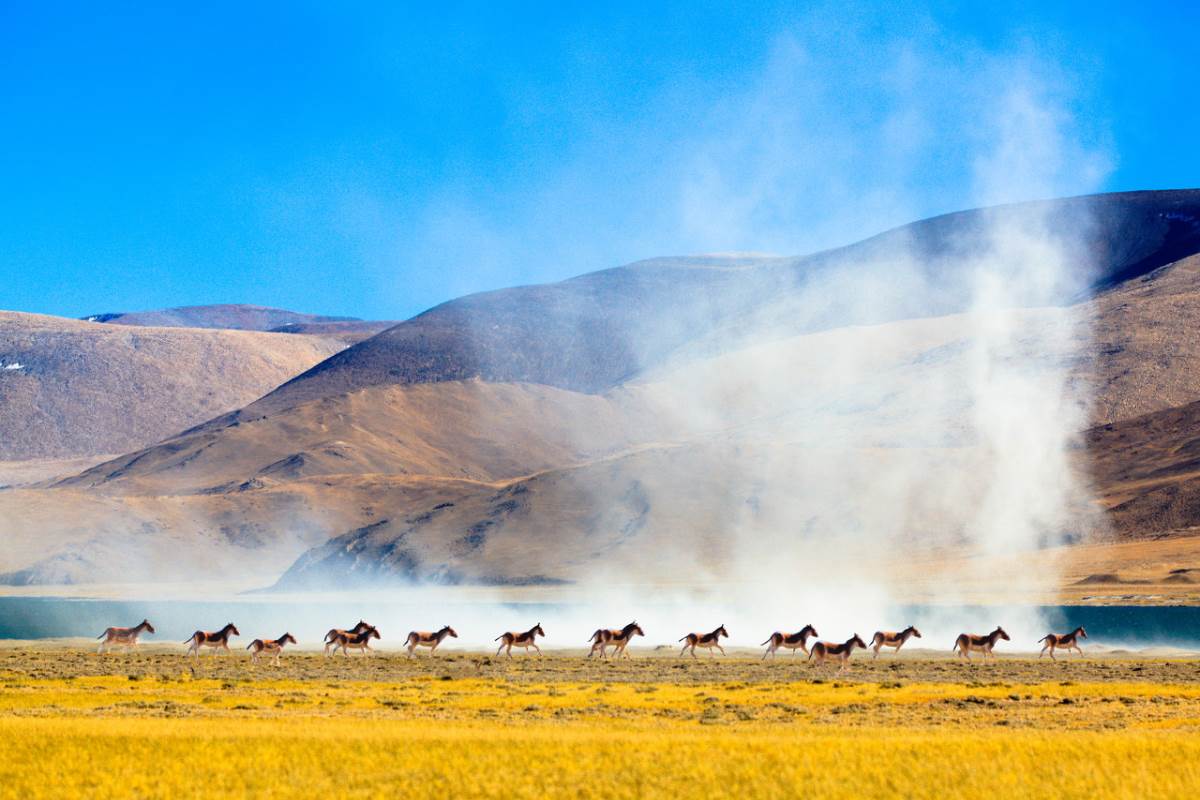
- $1280.00
- 9D8N DAYS
01. A top classic pilgrimage route and experience the best religious atmosphere in China, all across the region, throughout the year, Tibetan pilgrims can be seen walking, riding, or even prostrating along the side of the road towards their …
Read More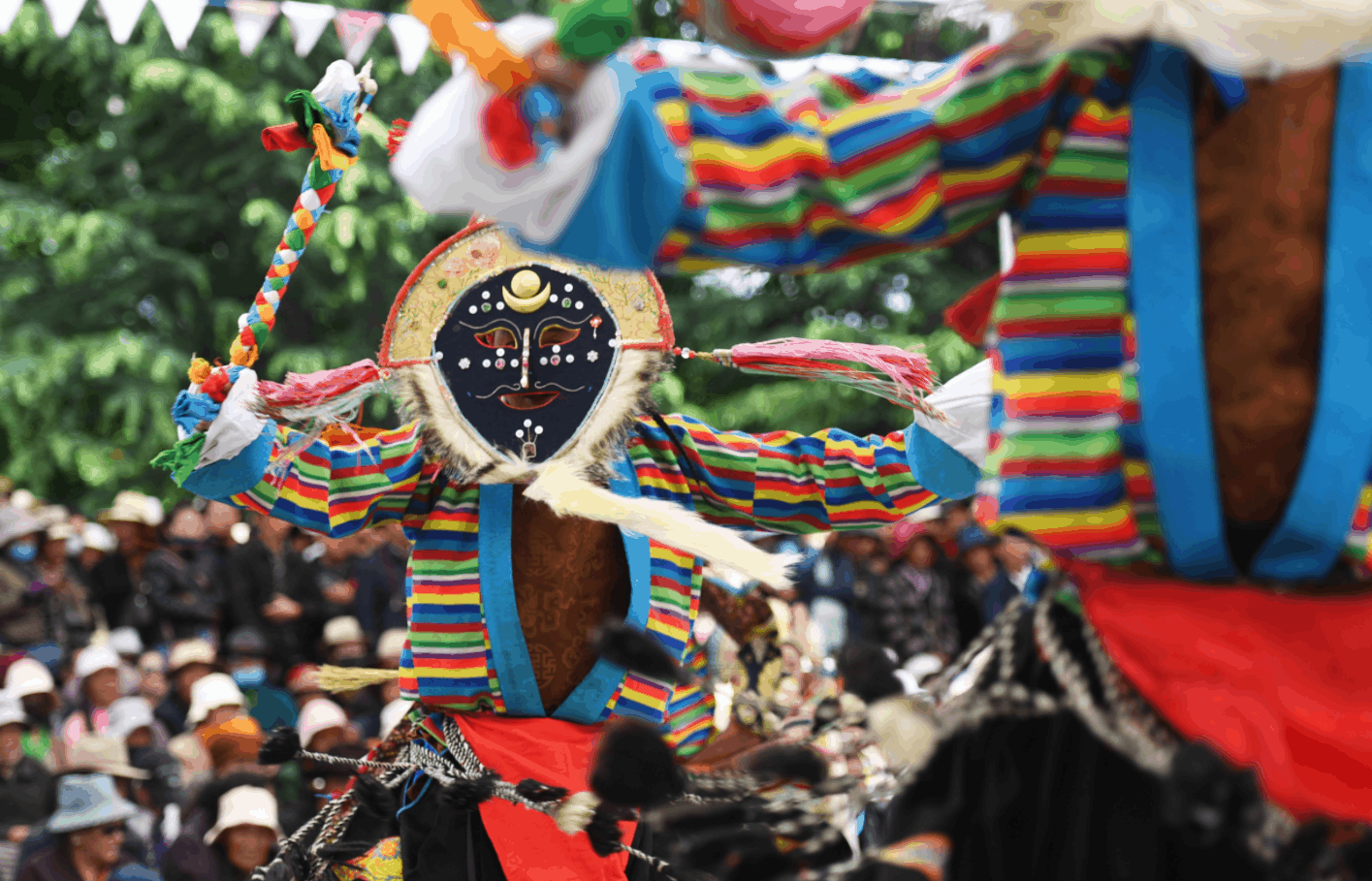
- $1280.00
- 7D6N DAYS
01. Specially arrange a 3days tour in Lhasa to hava a deep experience of the various kinds of Tibetan Culture, also a very good opportunity to shoot the local people.02. Count the steps up to the Potala Palace — the holy palace of Tibetan B…
Read More